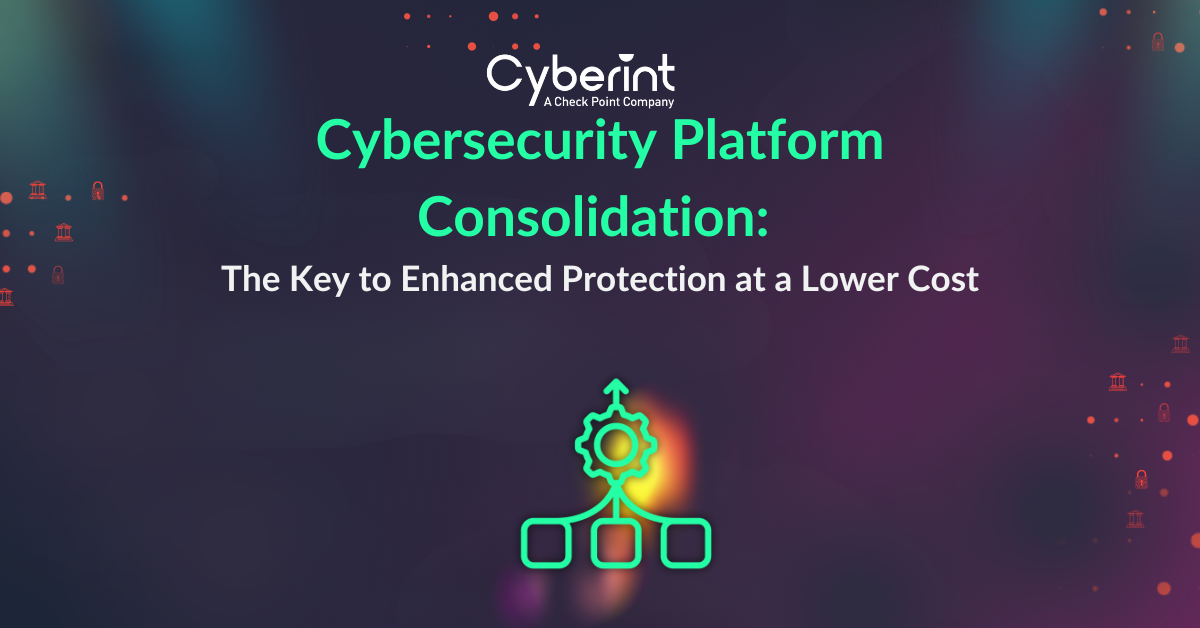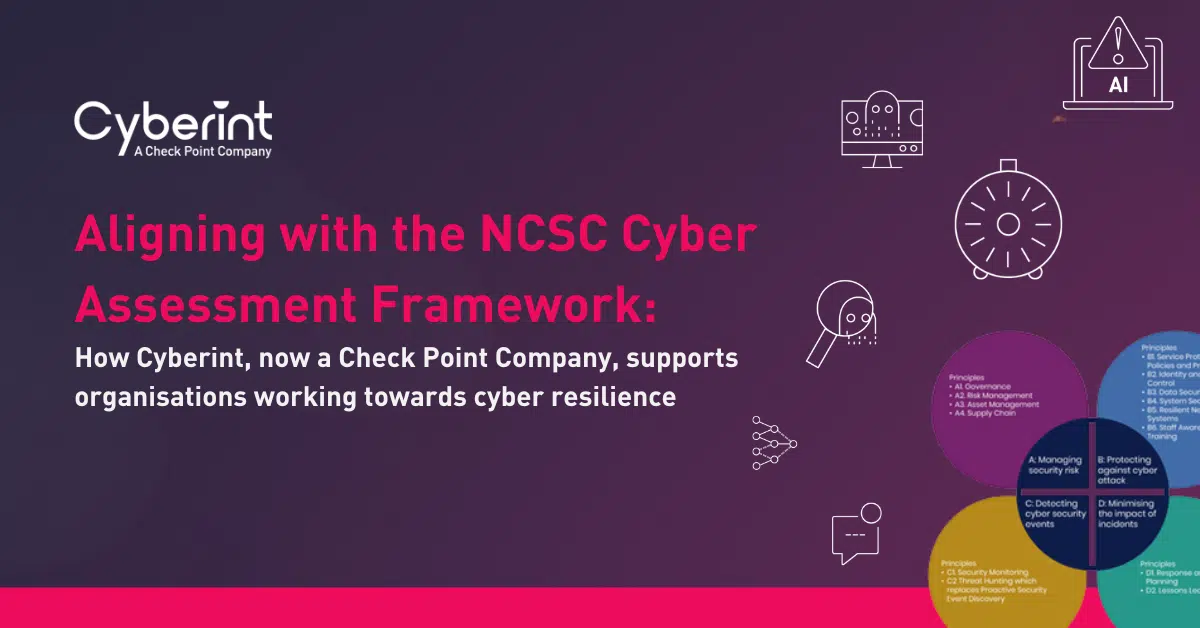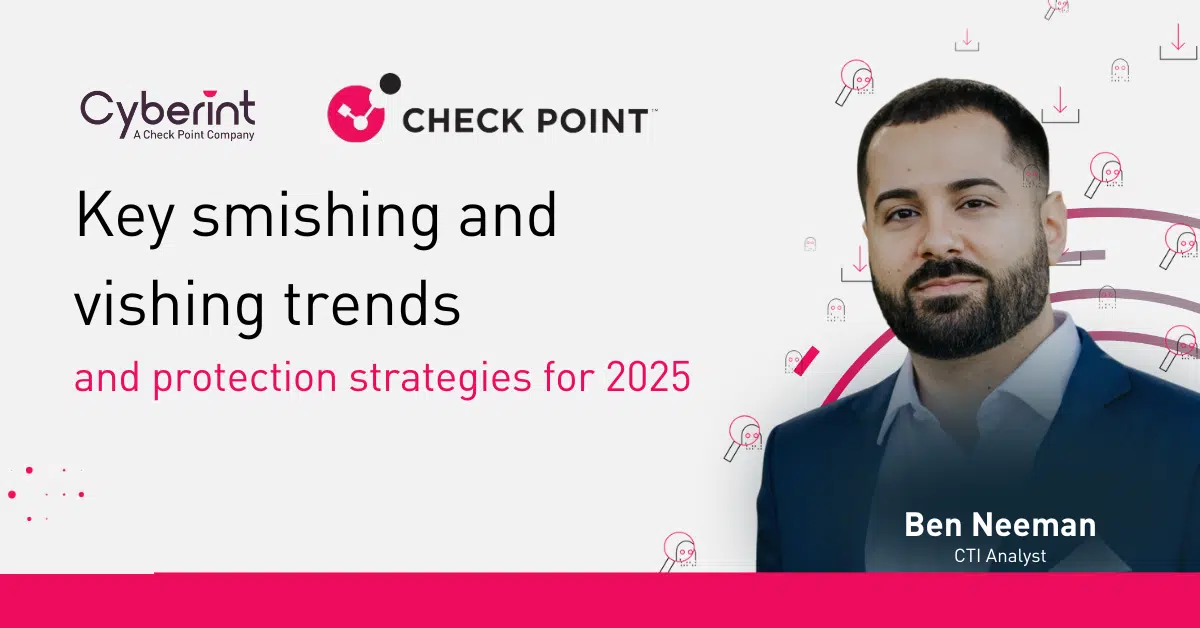



I love to get stuck in and let the creative juices flow. My strengths lie in idea generation, development and execution. Over 5 years experience in B2B cybersecurity. I reign supreme when my imagination and creativity can run wild.
To platform or not to platform. That is the question.
At least, that’s the question that businesses increasingly face as they chart strategies for managing external risk and consider cybersecurity platform consolidation. Historically, the go-to approach for identifying and mitigating external risks was to adopt point solutions – meaning individual tools that focused on doing one thing and doing it well.
But, Frost and Sullivan are calling for a new approach to managing external risk, which they label External Risk Mitigation and Management (ERMM). Gartner is likewise advocating for a new strategy, which it calls Continuous Threat Exposure Management (CTEM).
However you choose to label them, these novel approaches to external risk management emphasize taking a holistic view of risks where the different elements of external risk management interact and work together to provide a more comprehensive coverage.
Whether cybersecurity platform consolidation is the right approach for a particular business depends on a variety of factors unique to that organization, of course. But on the whole, there’s good reason to believe that platform solutions and cybersecurity consolidation are the wave of the future when it comes to external risk management. Here’s why, along with tips on how businesses can update their cybersecurity strategies and prepare for a platform-centric future.
Before diving into an analysis of the benefits of a cybersecurity platform and vendor consolidation, we should note that point solutions do have upsides. Their main advantage is that they focus on specific needs – such as threat detection or incident response.
Because of this narrow focus, point solutions tend to excel at delivering a select set of capabilities. This can make point solutions better in certain cases than platforms, whose features in certain areas may fall short.
In general, consolidated cybersecurity platforms – meaning those that pack multiple types of functionality into a single solution from a single vendor – offer more value, for several reasons.
Because platforms offer a range of tools that integrate tightly with each other, they can create value that is greater than the sum of the platform’s parts. As Forbes notes, “a truly integrated solution connects processes and data across functions and application modules. This reduces the need for IT or other staff to perform these integrations.”
For example, consider a platform that offers both Attack Surface Management (ASM) and threat intelligence. By combining these capabilities, organizations get more value. ASM can help teams determine which types of threats to look for within threat intelligence data.
When it comes to Supply Chain Security, Attack Surface Management might help pinpoint which third-party resources form part of the business’s supply chain. It’s not only ASM that interacts with supply chain security with a platform approach though, threat intelligence can laos offer a missing piece of the puzzle. Threat Intelligence can help you determine which vendors in your attack surface are currently being targeted and are therefore more at risk.
Threat Intelligence can also boost ASM by prioritizing which vulnerabilities need to be dealt with first based on threats targeting the industry/region etc. Threat intelligence can also give brand protection a boost as instead of just tackling an ongoing phishing attack, it allows you to find the source of phishing attacks, and find the phishing kits being sold on the dark web.
Admittedly, it’s theoretically possible to integrate point solutions to achieve the same type of synergy between tools. But with a platform, the tools are integrated out-of-the-box, which saves time and adds value. Plus, platforms ensure maximum tool compatibility, whereas if you are working with disparate point solutions from different vendors, you might find that some tools just don’t integrate well with others due to issues like the inability to structure data in a consistent way or lack of appropriate tool plugins or extensions.
The more functionality vendors build into a single offering, the faster and more efficient remediation tends to be, thanks to the ability to work within a centralized platform and avoid having to toggle or context-switch between tools.
For example, if a phishing attack is underway, the ability to request a takedown using the same platform where you identified the attack streamlines remediation. Likewise, if you can map your attack surface and monitor for new threats within the same platform, you can more easily decide which assets to prioritize when mitigating risks.
Platforms are ideal for gaining the broadest possible view of risks and threats. For example, while a point solution ASM tool might claim to show you your attack surface from the threat actor’s viewpoint, it really only displays company assets that are easily visible from the outside. To gain a comprehensive view, you must also factor in assets like exposed credentials or brand information available on the Dark web and on Deep Web and Social channels such as Telegram.
In short, standalone ASM tools don’t really display your entire attack surface. Truly holistic visibility requires the integration of ASM capabilities with threat intelligence to reveal more relevant assets, including those that extend beyond the attack surface as it has been traditionally and narrowly defined.
Last but not least, from a pricing standpoint, platform solutions tend to be more cost-effective than point solutions. You’ll generally pay less for a platform that packs multiple capabilities than you would pay in total to acquire those capabilities one-by-one through point solutions.
Using security budget allocations efficiently is always important. But it’s particularly advantageous right now, given the tight economic climate and the pressure that CISOs face to avoid wasting money.
“Often, paying for several point solutions costs more than migrating to an all-in-one platform, and the ROI is worse since your efforts are siloed and weaker,” business finance software provider BQE notes.
To be sure, simply consolidating cybersecurity tools into a single platform won’t solve all of your business’s security challenges. But it will help modernize the organization’s approach to security. In particular, cybersecurity consolidation plays a key role in helping businesses to manage external risks efficiently alongside internal risks – which were the traditional focus of security strategies, but which have now become just one part of the story when it comes to ASM and threat intelligence.
That’s why organizations should consider a solution like Cyberint, a holistic threat intelligence platform that offers a range of capabilities – including attack surface management, Dark Web threat intelligence, supply chain intelligence, malware intelligence and more. Learn more by requesting a demo.

©1994–2025 Check Point Software Technologies Ltd. All rights reserved.
Copyright | Privacy Policy | Cookie Settings | Get the Latest News
Fill in your business email to start


